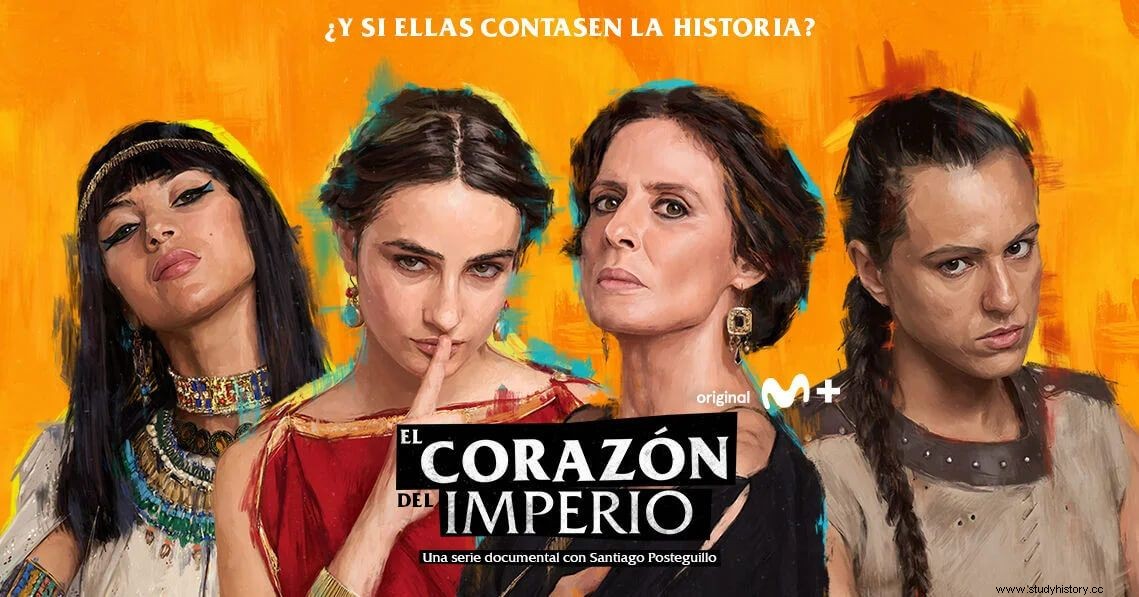
We are not talking about Romans today. Here the generic masculine does not work well. Today it's time to talk about Roman women . Of them, more invisible, more stereotyped. The ones that had no name beyond their family identifiers. Actually, they are also talked about, about the relations between Romans and Romans. Of those who went further, transgressing the norms of gender, politics and history.
The new Movistar+ documentary series, The Heart of the Empire , intends to install itself in many scenarios where it plays its cards at an intermediate point between historical fiction, recreation and documentary. Combining the sources, the interview with an extraordinary cast of experts (among whom I have the honor of being) and a badass point, it takes us back to the history of Rome, a history that seems so studied and well-known that it is difficult to imagine something original . However, it is highlighted that, perhaps, we have been forming our entire collective imagination around this story taking into account only one perspective, that of a small group of protagonists. And history is always more complex, rich and varied.
The documentary series is raised, in its entirety, from a very simple premise, that women exist and existed. that they did things Who lived and loved. That they won and lost. But, above all, they acted and fought for their interests. The premise may be shocking to us, but how many times have we questioned if we have been offered a complete vision of history only from the biographies of a handful of characters, only from members of the same gender? Changing the perspective requires a shock, that cognitive dissonances are perceived, throwing the story in the face.
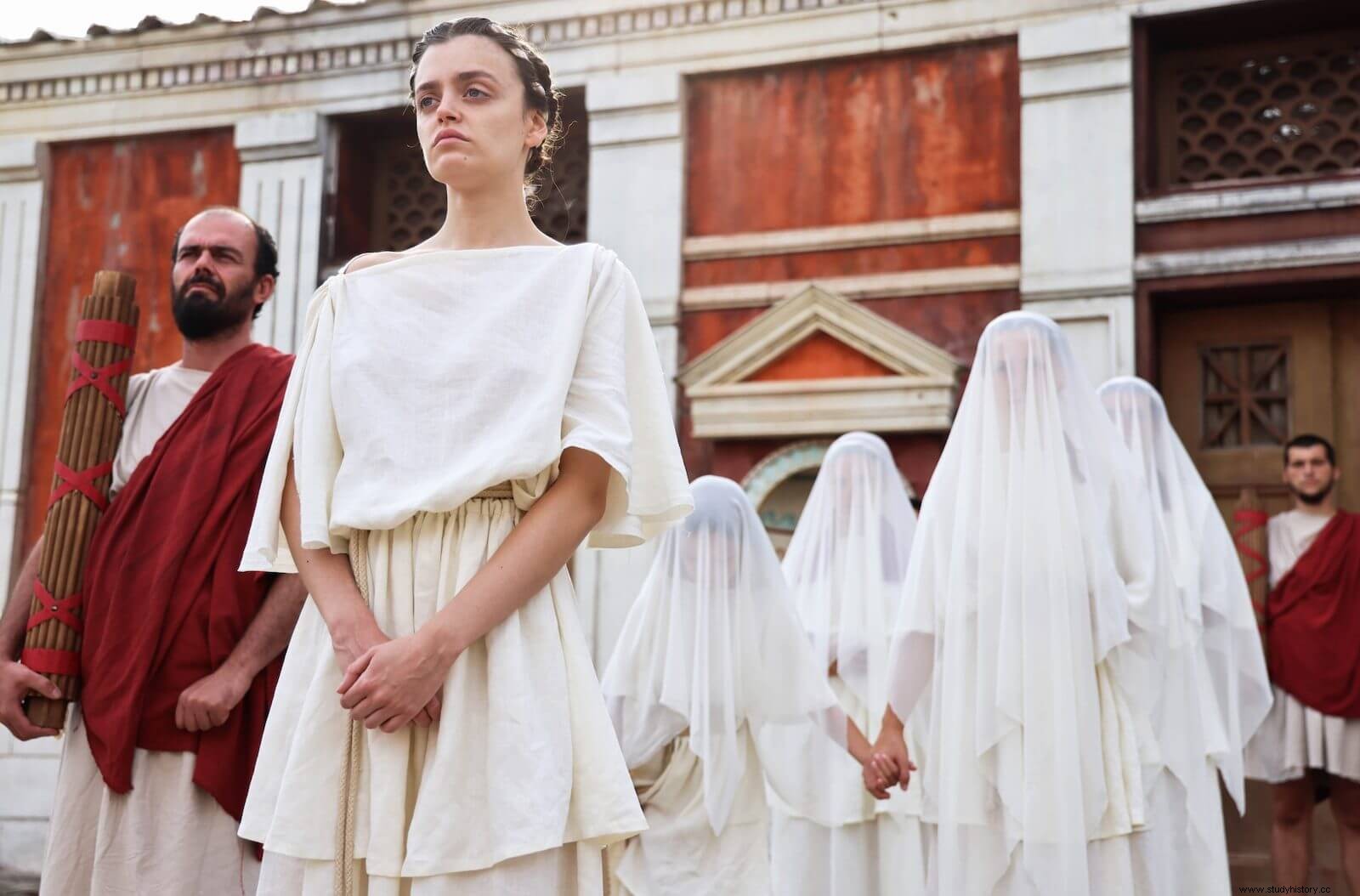
There are characters who suddenly they become fully protagonists of the story like Fulvia. Why do we take her so little into account at the time she lived, when we know of her relationship with top politicians, Cicero makes clear her performance in the public sphere or we know that she led a war? Others, like Cleopatra, are much more familiar to us, but to what extent do we separate knowledge and prejudice? The series is not raised from the discovery of new revolutionary texts, but simply from a rereading of the sources, one that looks at them differently.
The women of The Heart of the Empire
Indeed, The heart of the Empire It begins with a chapter dedicated to the “anti-women”, personified in the gladiators and in the myth of Medea , women linked to the field of violence, revenge and heroism. Even in that context, in which all the ideal models of femininity and all the explanations of the role of women tell us that they should not be, they were. With this introduction and declaration of intent (yes, there were women everywhere), the second chapter gets into Fulvia, Cleopatra or Calpurnia . Here the men are silent. Clodius barely speaks, Caesar doesn't say a word. Faced with the traditional female silence, the result of both their relative absence from the sources and the silencing of traditional historiography itself, the tables are turned. Except Cicero, of course, who would silence Cicero?
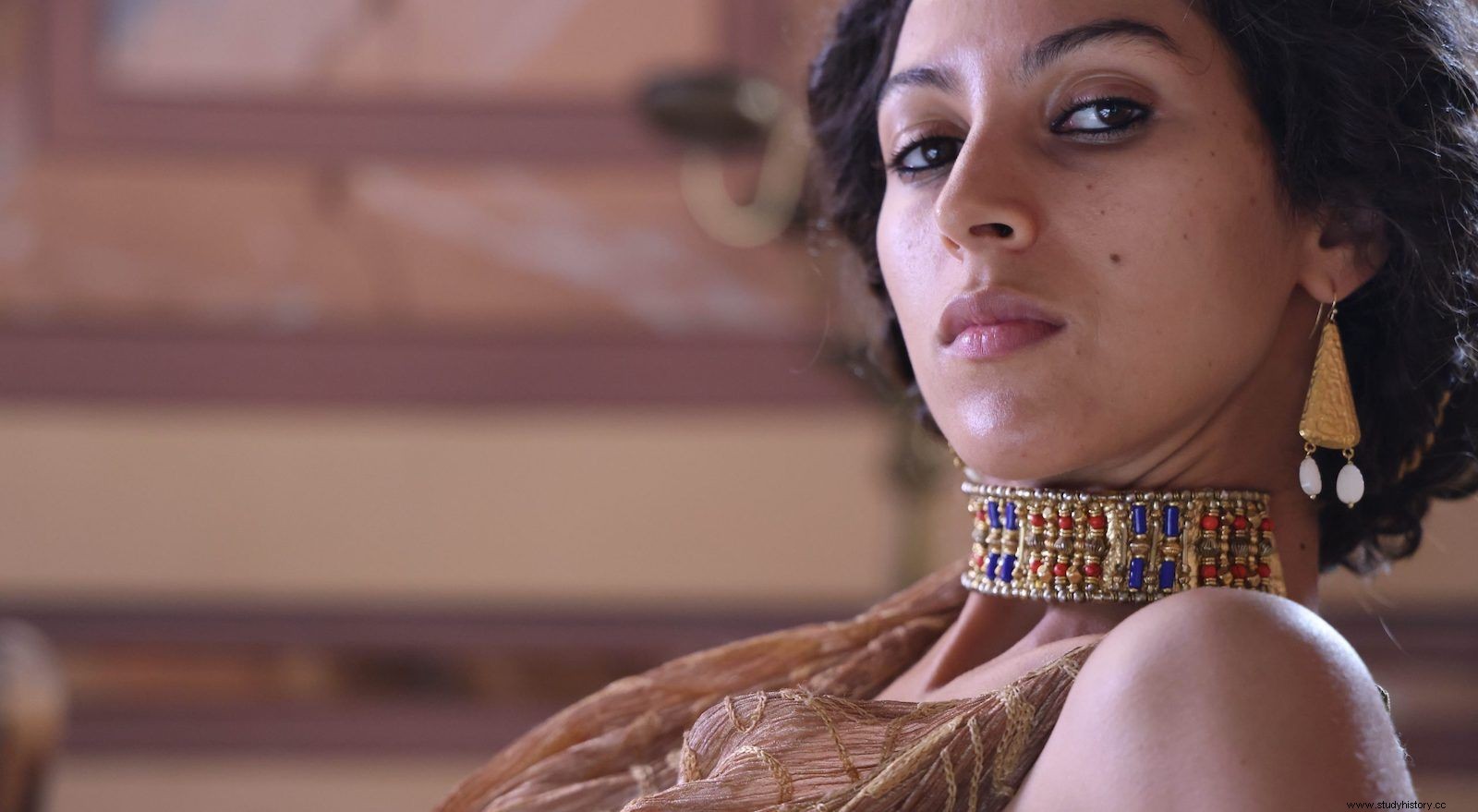
Nor does it seem that crudeness and violence are avoided , not only in the form of murders, but that daily crudeness, of poverty and complicated elections. Of those crudeness that were transversal to all women. Marriages barely twelve years old, abortions (often out of sheer necessity), street violence, abandonment. Roman society was not a friendly one , focused on care and tenderness, although, and sometimes we forget, there would also be. In the second chapter, Calpurnia mourns Caesar's death (it's not a spoiler if he passed two thousand years ago), and she places her civic crown on her head, after tenderly combing her hair. A slight gesture of affection. Let us not forget that Rome is an infanticidal society, but also one in which parents could cry bitterly and cry out to heaven for their lost children. Rome is a society in which consent did not exist, but in which a woman could also choose her husband and in which there were happy couples. Societies are never homogeneous, and we are in a bad way if that is not reflected in documentaries and series. We would have to get used to the internal contradictions of societies, to see them as they are, polyhedral sets of ideological systems, people with different thoughts and mixed feelings.
Of means, commitments and creative audacity
Beyond premises and ideas, The heart of the empire It is a series with a limited budget (and which has been shot in the midst of a pandemic), in which the setting plays with a collective imaginary , with an idea of the Roman atmosphere deeply rooted in tradition, to mark a contrast with the rupture of the discourse. The scenarios are neutral, all the domus they are the same domus , all streets are the same street, the most recognizable scenarios are avoided. A good example is that of the gladiators. Fantasy is played in the locker room, but also to highlight an absence of sexualization of them. The lack of historical adaptation contrasts with an intentionality in the separation of a classic vision about gladiators who, chest in the air, become sex toys.
It will not be the first nor the last series in which the details of costumes, settings, weapons are discussed… We like to point out if the helmet corresponds to the time, or if that hairstyle corresponds to the fashion in those years. The eternal discussions between advisers and directors. Perhaps we should consider some things beyond the budget or the creation of a recognizable setting for those who are looking for "a series of Romans". Perhaps those questions are easier to ask than to answer. The first is obvious, what do we mean by reality or by a "good recreation"? We should assume that we will never show a “real” Roman, or Greek, or medieval, or Assyrian setting . We will not make the makeup by hand, with coal, lead or lapis lazuli, nor will we spin and weave by hand the garments that are worn, nor will we make the helmets by hand to tan them in ten years of battles. Nor do we know enough to successfully fill in the gaps in our knowledge of everyday life. It is not only a question of budget, but of physical capacity. And we can't require re-enactors and producers to do magic.
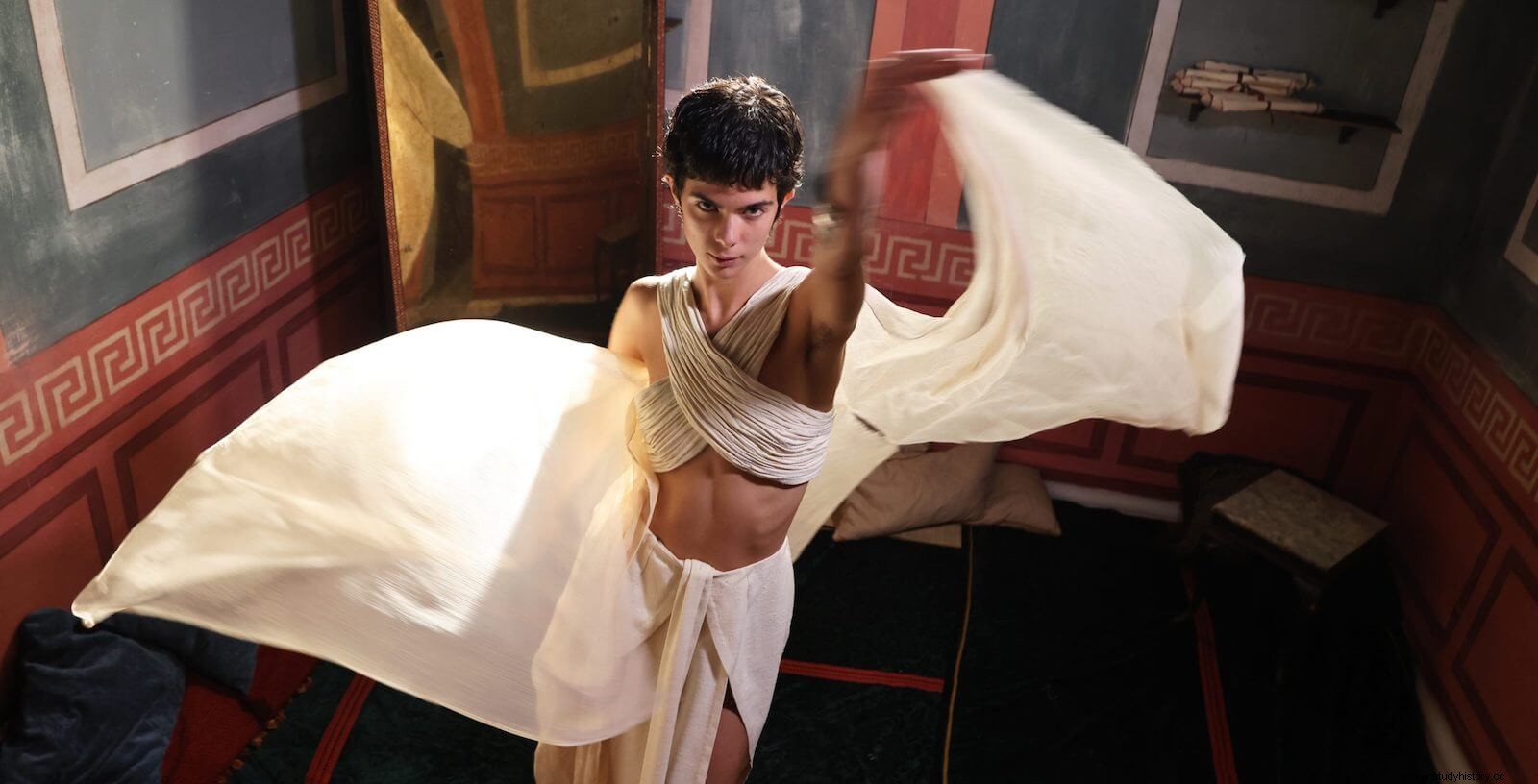
The second question follows from this, and is, perhaps the most obvious:to question the limits of that recreation. In this case we should go, again, beyond the budget and the details, and go into what is intended with a recreation or a documentary. Obviously, if a documentary about Roman weapons is made, perhaps using Cornejo for all armor would not be the most appropriate, but when it comes to Cicero, it's still not so bad and it's a practical and effective solution. The same thing happens with recreation, in which it would be a bit ugly to wear a digital watch, but it's still okay not to weave your cape yourself (or, rather, order your wife to stop fooling around and dedicate herself to the loom , which would be his thing if we talk about realism).
In the end, if it is intended, or required, to make the perfect series, documentary or recreation, nothing would ever be done. It is not so easy to break the collective imaginary . Step by step and we will end up seeing statues in reds and blues, if we want the documentaries to capture every last piece of wood properly, we will simply stop calling the historical consultants. At the bottom, of the peplum to series like Roma , or from the first chapter of Doctor Who set in Rome to the one narrated at the end of Pompeii, what there is is a change in the mentality of the entire society, not just good consulting work.
On the other hand, the “geeky” details are always appreciated, the winks to historians , that calm down a bit our eagerness to sharpen. Some may go unnoticed, such as the mention of real contraceptive recipes in Egyptian papyri, consisting of crocodile droppings, or the doll that little Fulvia wears, based on some models that are preserved, for example, in the National Archaeological Museum, in Madrid, or in the Museo Massimo alle Terme, in Rome. Other setting "details" are much less subtle, such as the risky decision to present the series in Latin (with some detail in Greek, when Cleopatra is on the scene).
A three-way dialogue
It is worth highlighting the format, in three bands, between the recreation, the narrative by Santiago Posteguillo , which introduces the scenes and the explanations of the experts, in which historians, archaeologists or specialists in Roman law meet. A format that allows, on the one hand, to nuance the scenes, explain them and contrast points of view, which achieves a choral effect, but which is also risky. We have already seen it staged in another of the director's series, Israel del Santo, which dealt with the history of El Palmar de Troya , compared to other series that relied exclusively on image and recreation, as happened with Conquistadores Adventum , for example.
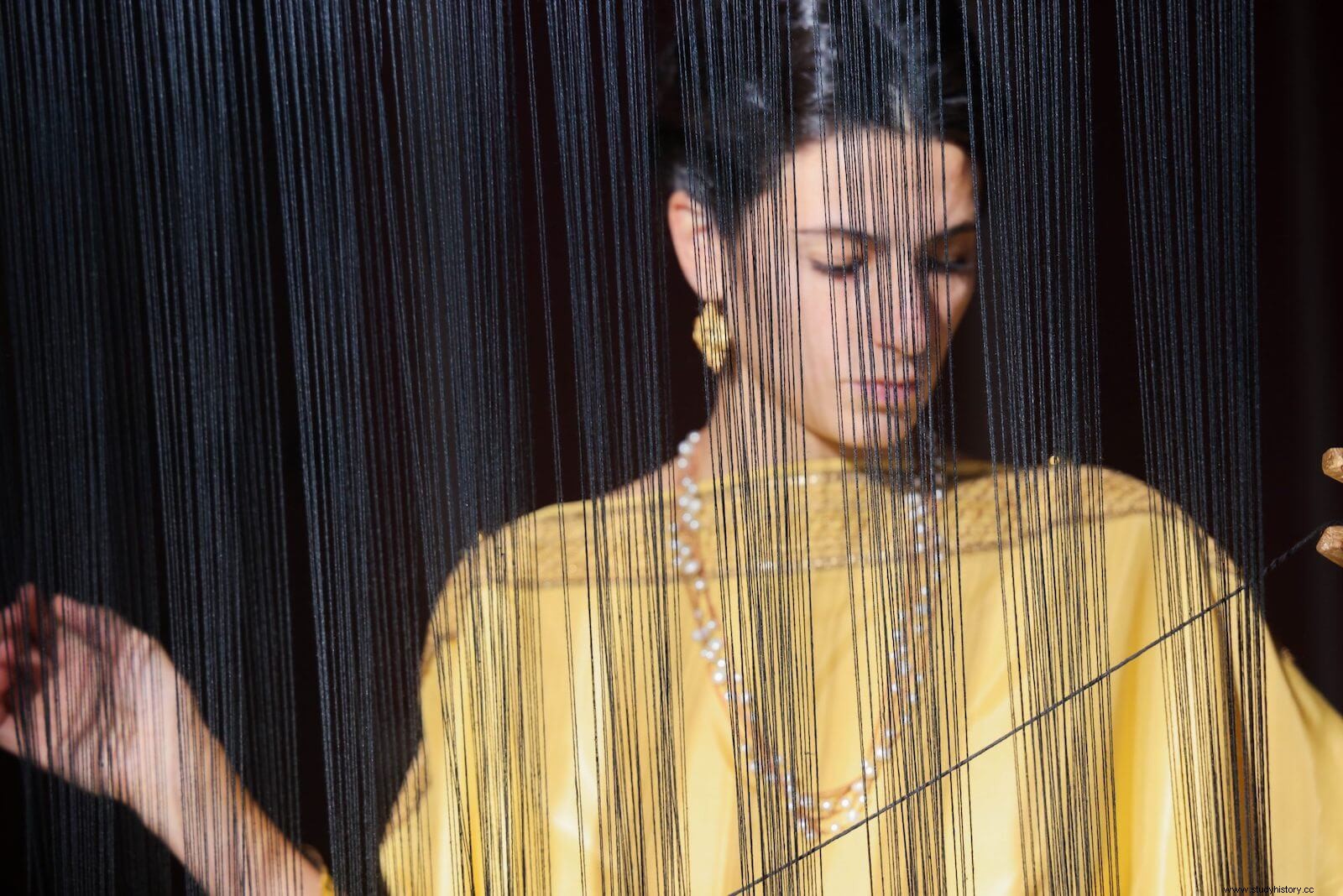
It is a format that balances recreation and history harder. A documentary, no matter how much it is a series, can never transmit to us what an essay transmits. Nor does it intend it, nor do recreation groups, for example. It is not about having all the data and sources at your fingertips, in a footnote, but about allowing a society to be approached in a different way, with its lights and shadows. These types of formats allow us to change the way we look . They allow us to immerse ourselves in another way. They allow us to complement what we do not imagine and it is difficult for us to see. They are important elements of outreach, because there are many ways to do outreach.
